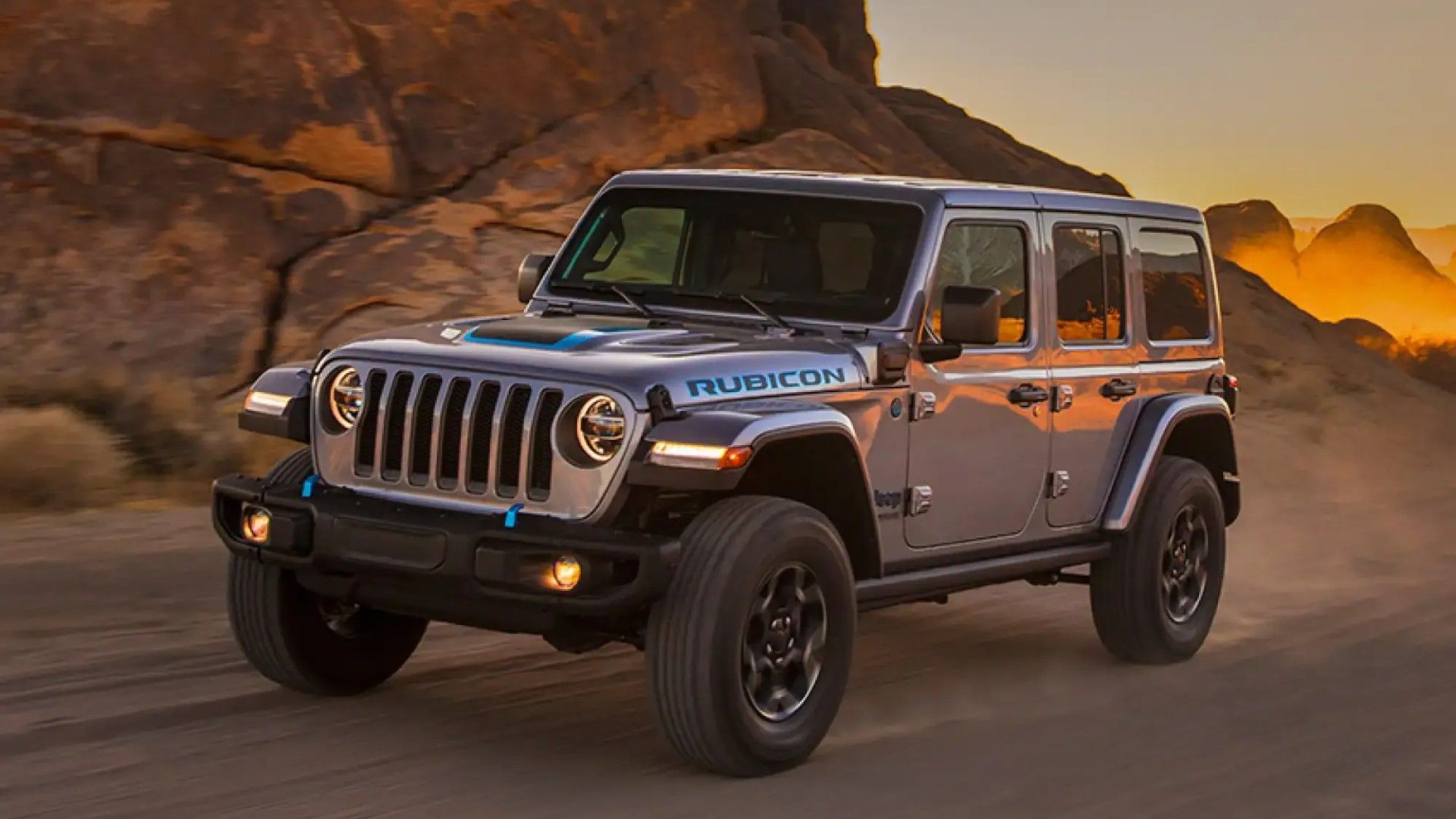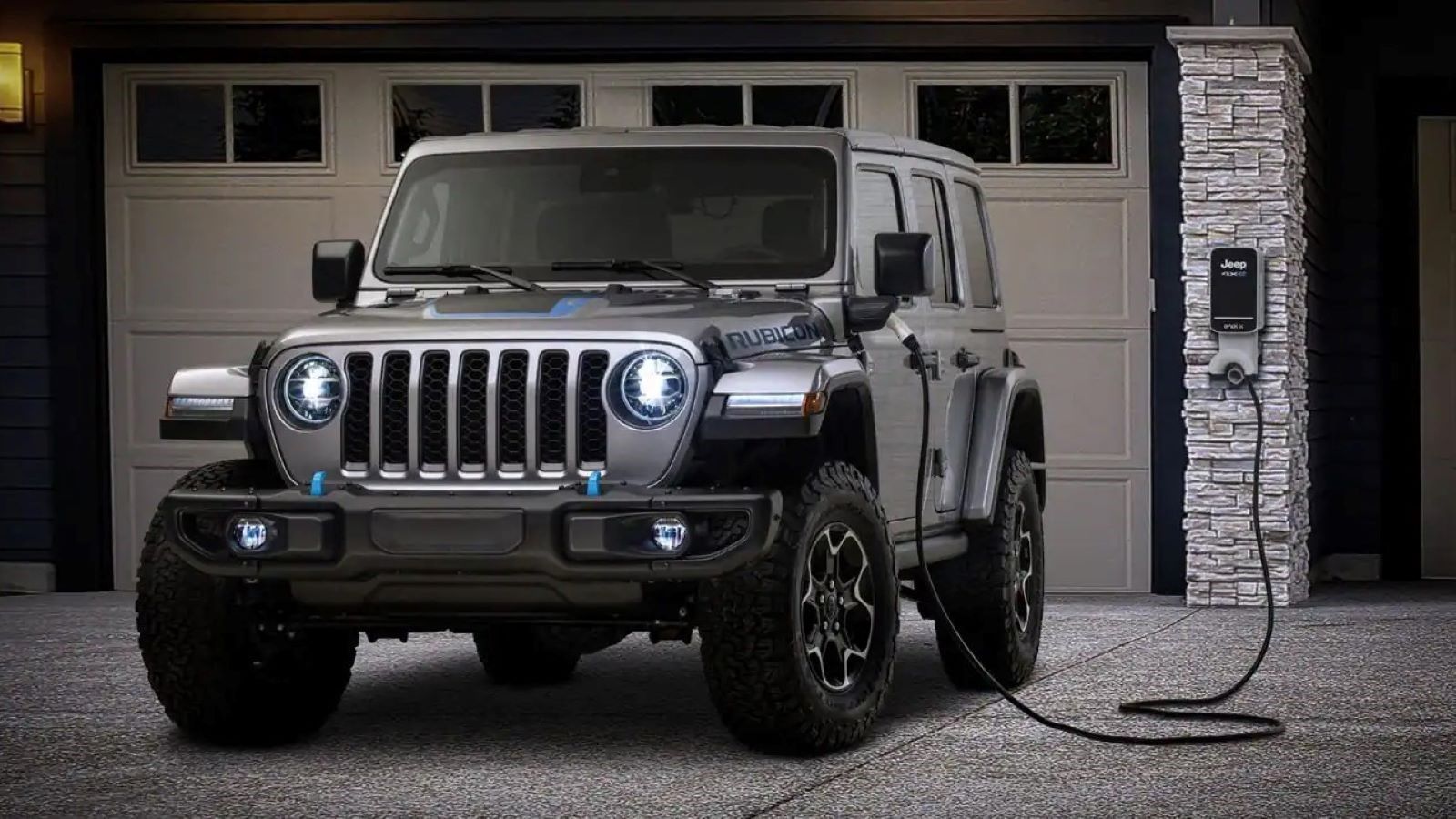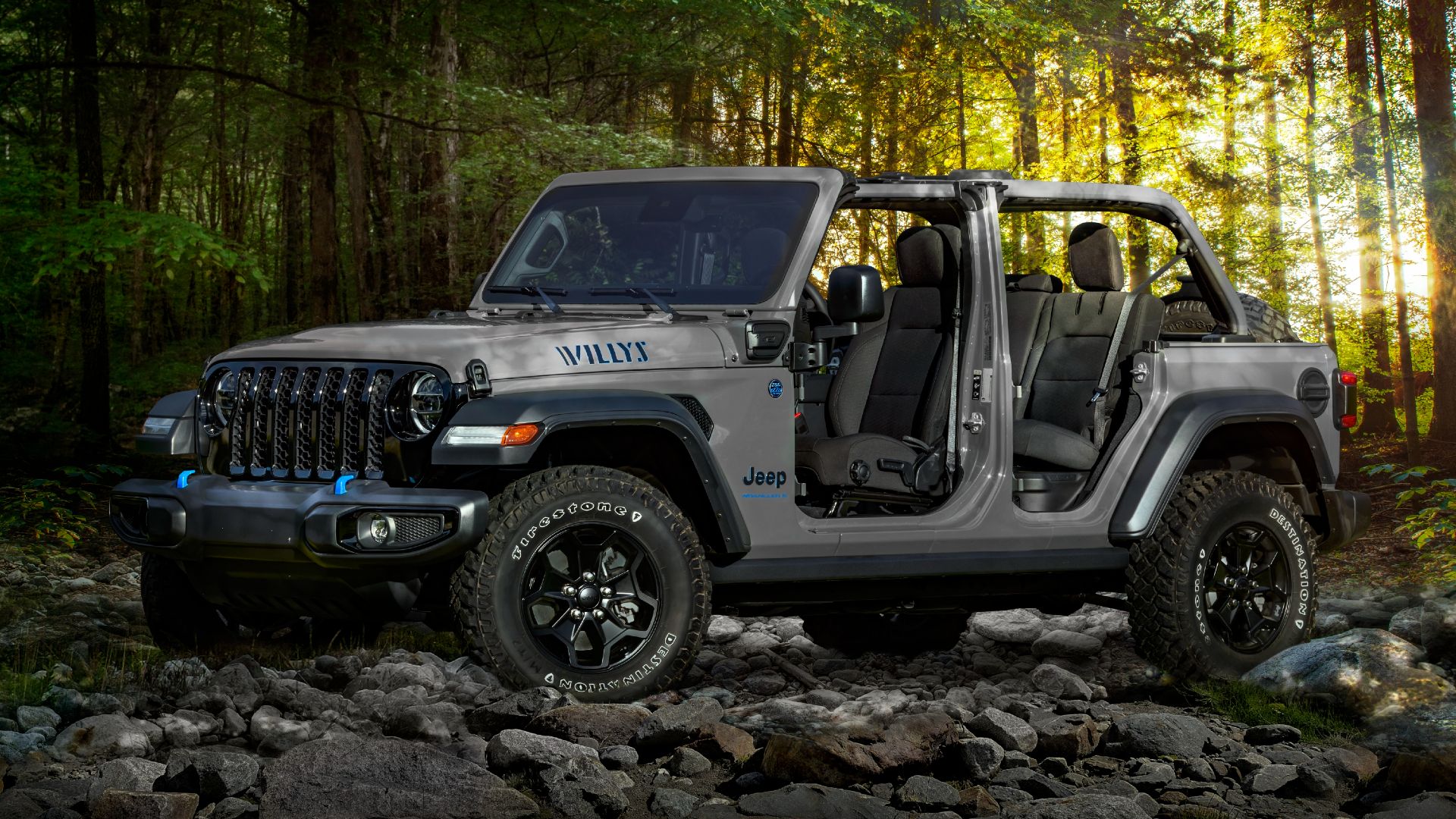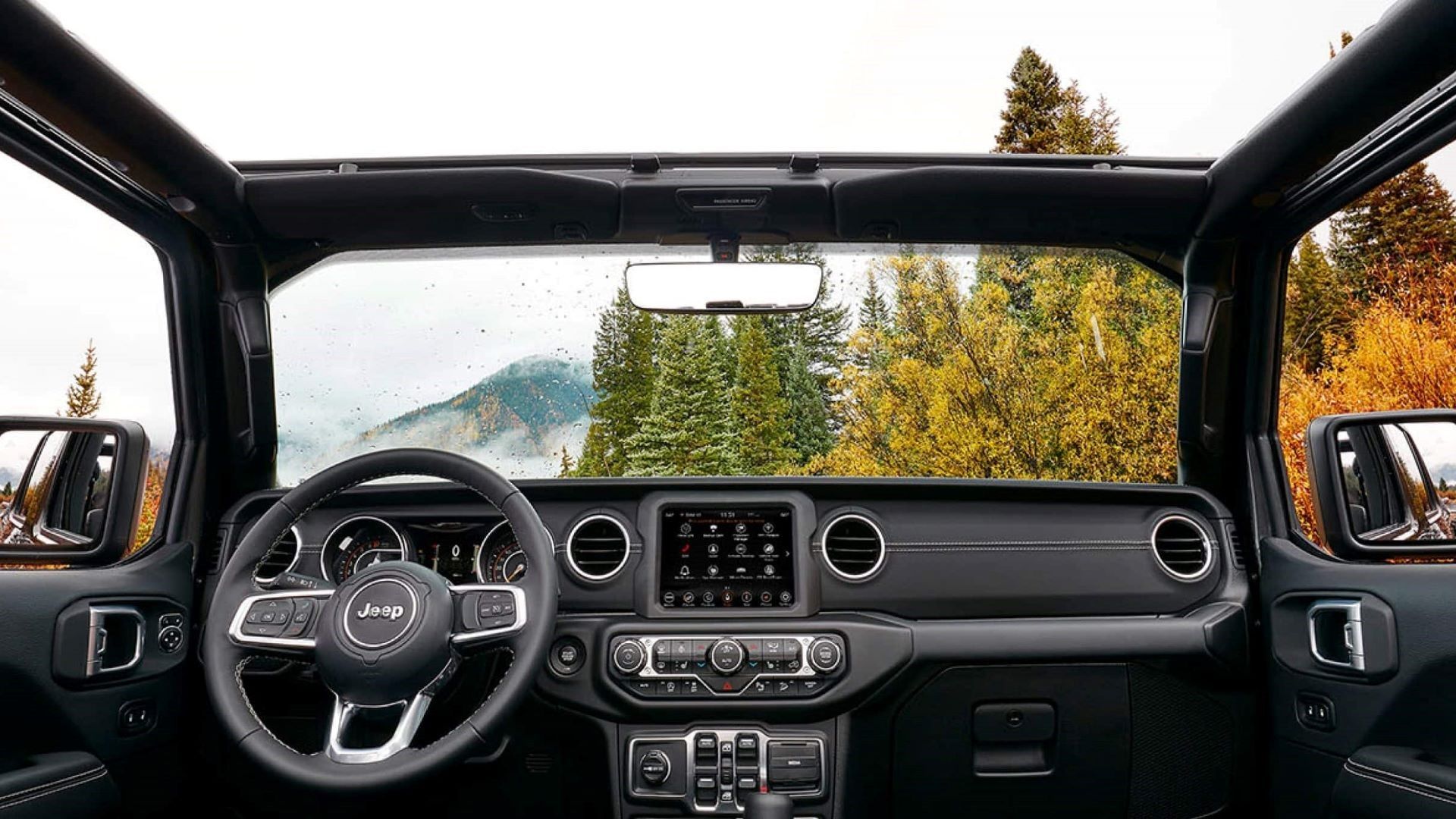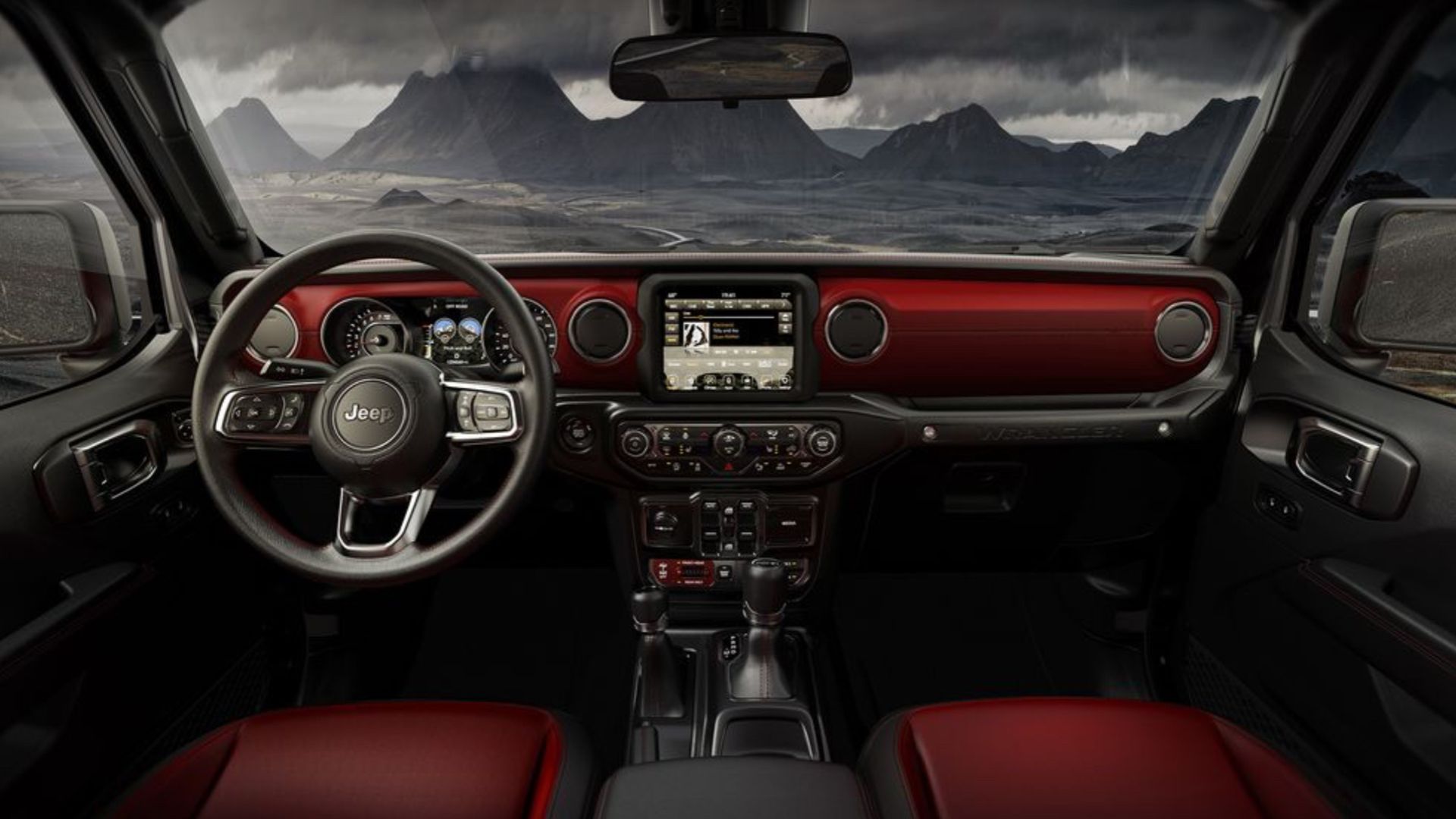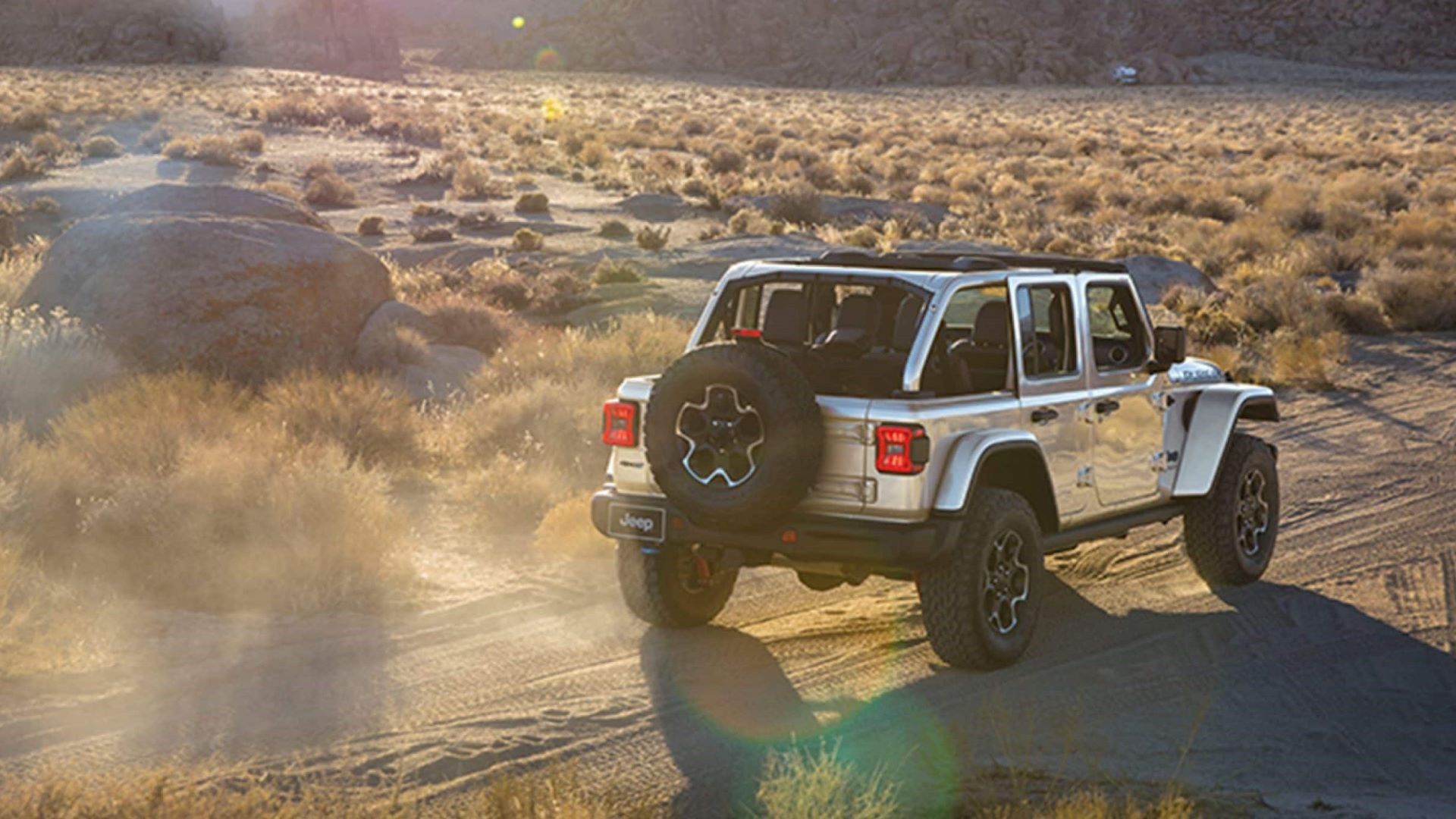Jeep has been building rugged off-road vehicles since the 1940s, to help Uncle Sam combat and conquer the terrain of its duties and responsibilities, in or out of the theater of war. Luckily for most of us today, we can enjoy these vehicles out in the badlands just as part of our liberty and R&R, being able to make the most out of them as recreational SUVs. The most advanced, capable, chosen, and popular vehicle in this regard, is none other than the venerable Wrangler. Incepted in 1987 with the advent of the YJ, the name that is now synonymous with the Jeep brand, the Wrangler then passed through the generations of TJ and JK to the current JL. These fitting call signs for each generation all represent improvements among Jeepers through lessons learned out on the trails, or battlefields if you will. The modern landscape of off-road warfare demands extreme measures and novel ideas. This leads us to the latest Jeep development, one that has already taken the field, in the Wrangler code named 4xe. Pronounced four-by-E, this vehicle is combat-ready, but perhaps not yet very battle tested.
The New Name In Terrain War Games
The 4xe is not only a part of the latest Wrangler generation, but it is also the most radical ever designed. This isn't because it's got a factory V-8, like the 392 version, when most Wranglers had only six cylinders at most. It's not because it has independent front suspension, like a competitor in the Ford Bronco, either. It has neither of those things. What it does is have is something that Jeep had never put into a Wrangler before, along with any Jeep enthusiast within the aftermarket, and that is a hybrid powertrain. Jeep has plans for an upcoming all-new Recon model, the brand's first fully electric vehicle, based on the Wrangler. However, until then, the 4xe remains quite the fire starter.
With its hybrid powertrain, the 4xe puts out 375 horsepower, and 470 pound-feet of instant torque. This is very impressive for a Wrangler, as aside from the 392's HEMI that puts out 470 horsepower and pound-feet of torque, no other stock Wrangler from prior generations can match much less exceed this output. The legendary 4.0 liter inline six cylinders of the YJ and TJ generations, only put out 190 horsepower to go along with 232 pound-feet of torque, at peak output. This was suitable for these rigs because the vehicles were relatively lightweight, and the motors were very torquey on the low end, so the vehicles could perform well even with larger than stock tires (though this often requires lower axle gears). Even the next-gen JK 3.6 liter V-6 only put out 285 horsepower and 260 pound-feet of torque. Not even the EcoDiesel motor that Jeep offered is a match, at 260 horsepower and 442 pound-feet of torque. Coupled with the higher maintenance and fuel costs of a diesel engine, makes the hybrid set-up in the 4xe one of the best overall one could have in a Wrangler. Of course, the 4xe is heavier than a traditional Wrangler due to the added weight of the electric motor, but nevertheless, the great performance numbers are undeniable, giving the Wrangler name a whole new meaning with the 4xe.
Traditional Tech And Body Remain
Wranglers have looked like old Willy's and CJ Jeeps since the beginning, with the biggest change coming in 2007 with the four-door JK, leading many to call the TJ the "last of the real Jeeps." This is because there never was before a four-door Wrangler, and there were other reasons, such as how the vehicle was assembled. For example, the front fenders are no longer easily removable, becoming instead part of the body structure. Also, the JK introduced newer technology such as power windows, and the JL now has infotainment touchscreens. This is a far cry from a vehicle that should be bare bones, adaptable, and easily modifiable through a grand aftermarket, such as Wrangler and Jeep predecessors in the TJ and those before it.
Nevertheless, the 4xe retains some very important traditional trail tech, in what is now a familiar body with the four-door introduction being 15 or so years ago. This is in the form of front and rear differential lockers, an industry first for plug-in hybrid electric vehicles (PHEV)! Lockers are necessary for any serious off-road rig, providing impressive traction when one needs it most. The instant torque provided by the electric motor ties in to provide excellent rock-crawling capabilities. The 4xe is also still equipped with solid axles front and rear, something that new Ford Bronco fans might wish they had, the moment they break out on the trails. Solid axles are a much more simple design over independent suspension, of which the latter may be great for performance, but bad for repairs due to the added complexity.
The top and doors may still be easily removed, as well as the windshield can be folded down, all trail perks and Jeep hallmarks. The vehicle still has features such as a fabric top and body-on-frame construction. Of course, the vehicle still has a two-speed high and low range 4x4 transfer case, with two-wheel-drive and 4WD Auto (all-wheel-drive) modes as well, the former options are simply a must to go deep off the beaten path.
New Tech That Impresses
The Wrangler 4xe implements three new drive modes: hybrid, electric, and e-save. This adds up to 49MPGe and 370 miles of range, with 21 miles on all-electric range only. This is how they work: hybrid mode provides max horsepower, instant torque, and the best acceleration, where electric power is consumed first; electric mode allows for nearly zero tailpipe emissions up to highway speeds, and can be used when the battery has more than one percent charge; and e-save prioritizes using the gas motor, saving battery charge, and shutting down the engine when power demand is low. The e-save mode may also be reconfigured to increase battery charge, and the vehicle also makes use of regenerative braking. Charging this system can also be done in as little as two hours with a 240-volt level II charger, or 12 hours with an included level I (120-volt) charger. The impressive instant torque, matching the 392's spec, but coupled with this hybrid tech blows out the 14 mpg mark of the 392 HEMI Wrangler. Speaking of the 392, the 4xe isn't much slower, having a 5.5-second 0-60 mph time. This is quick for a Wrangler indeed.
Challenges Of A Landscape Warrior
The 4xe is automatic only, carrying an eight-speed transmission. Though this is great for efficiency, it's not always preferred for off-road control, when obstacles must be navigated carefully. However, the gearing needs of an automatic are different from a manual-equipped rig, where manuals need shorter gears to meet the same performance of an automatic. For example, a manual general-purpose off-road rig could have a crawl ratio range of 40-60:1, while an automatic makes do with 35-50:1 for good all-around performance, as deeper gears translate to higher ratios. This coupled with the ease of use in the lack of a clutch to avoid stalling, makes the automatic better in this regard.
Final Numbers And Real-World Performance
At a starting MSRP of $54,735, but with a possible dealer incentive of up to $7,500, the 4xe finds itself exceeding the average price for a new car. There are reasons why this could be good and bad. On the pro side, one is getting the most technologically advanced Wrangler ever. If one is just driving around town, then this could be sufficient for those commutes in traffic. However, Car and Driver tested the 4xe, and found that it complicates a historically simple machine. The stats are impressive and simple to understand, but the complexity of how that works causes issues. If one is in electric mode, which, if desired, has to be selected every time the 4xe is started, that means moving a 5,318-pound block with just 134 horsepower! Therefore, the 4xe lacks the EV punch that is now associated with a fully electric performance. For full fuel economy benefits, staying close to home and plugging in often is a must, as a 150-mile road trip with a single charge took it to roughly 200 miles of range with 16MPGe. If the battery is depleted, the 4xe gets worse fuel economy than a gas-only turbo-four models (20 vs. 22mpg combined), given the extra 800 pounds of hybrid parts. Of note, swapping between all-electric and hybrid driving can be slow and jarring. All in all, this hybrid system won't be as simple or inexpensive to repair either.
Nevertheless, despite such issues, it's the combination of all this old and new technology that makes the 4xe special. It might not work the best in a standalone mode, but together it's the most capable, powerful, and well-rounded Wrangler ever. In a changing world, where the push to electrification is pressing, the 4xe remains the best compromise as a hybrid. Also, it's still true to Wrangler form as a family SUV, convertible, off-roader, and daily driver all in one. For years Americans have understood the Wrangler compromises, still paying a premium for a vehicle that is loud, thirsty, and cramped, knowing that it's the ultimate go-anywhere and do-anything rig. It doesn't make sense for that to cease now with the 4xe. In fact, the 4xe is America's best-selling PHEV, and the Wrangler still outsold the rival Bronco in this year's first quarter. If Jeep's "trail rated" badge bears any weight, as historically it has, then this Wrangler will hold its own and then some.

